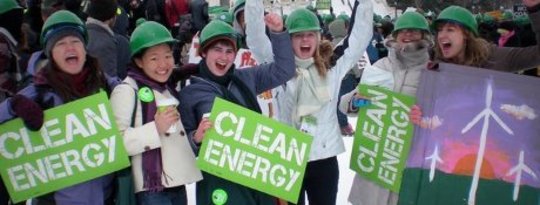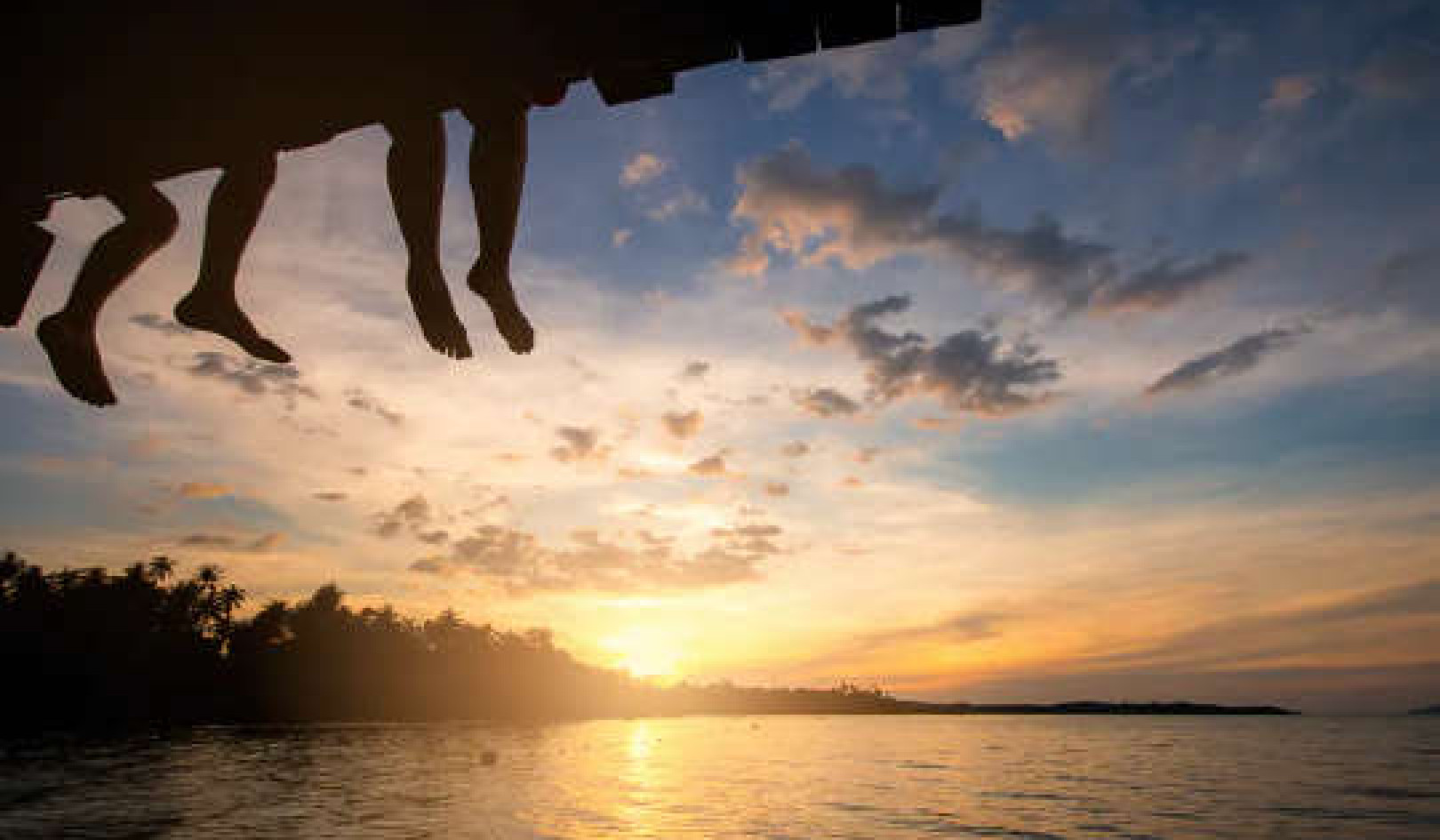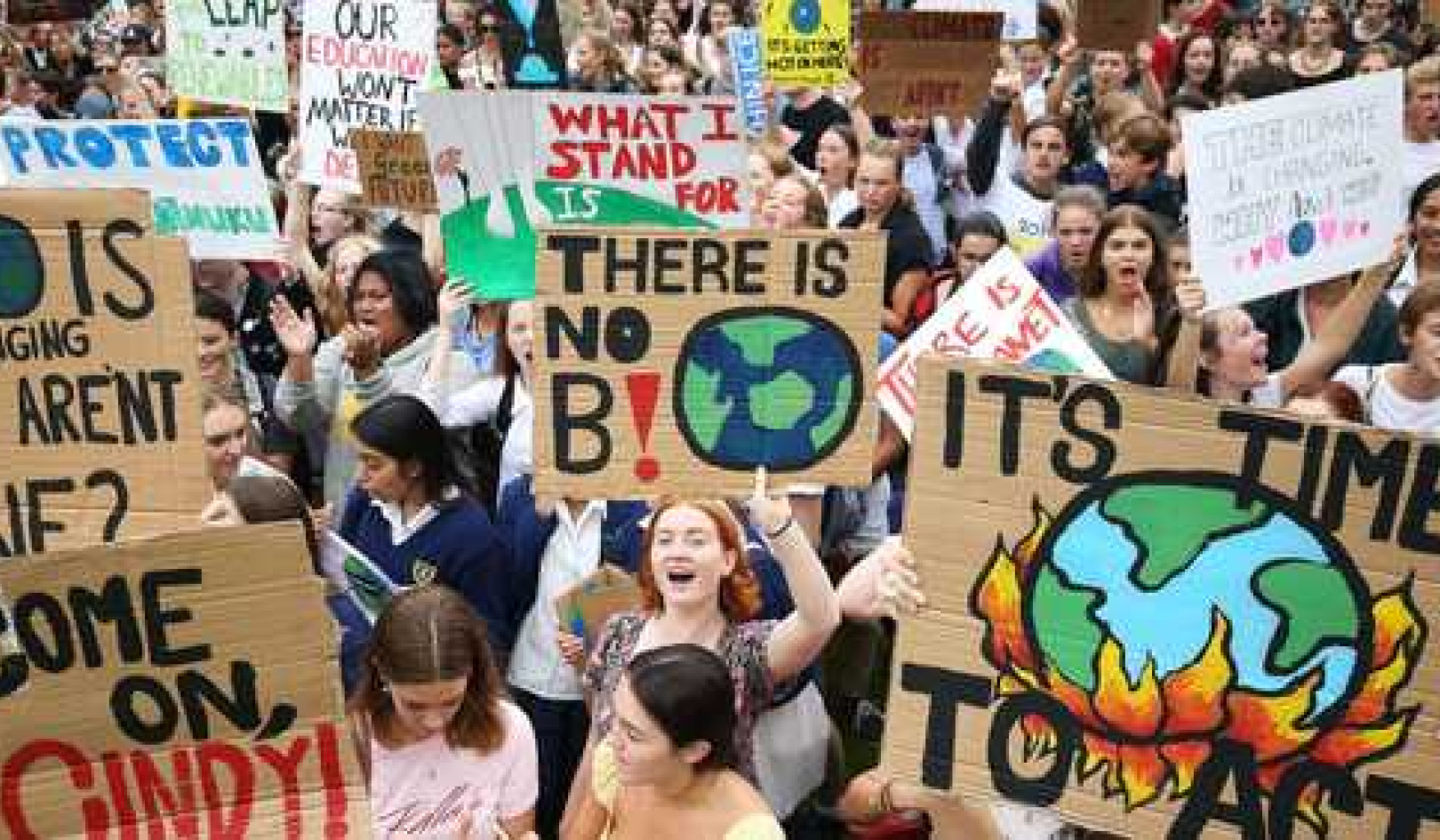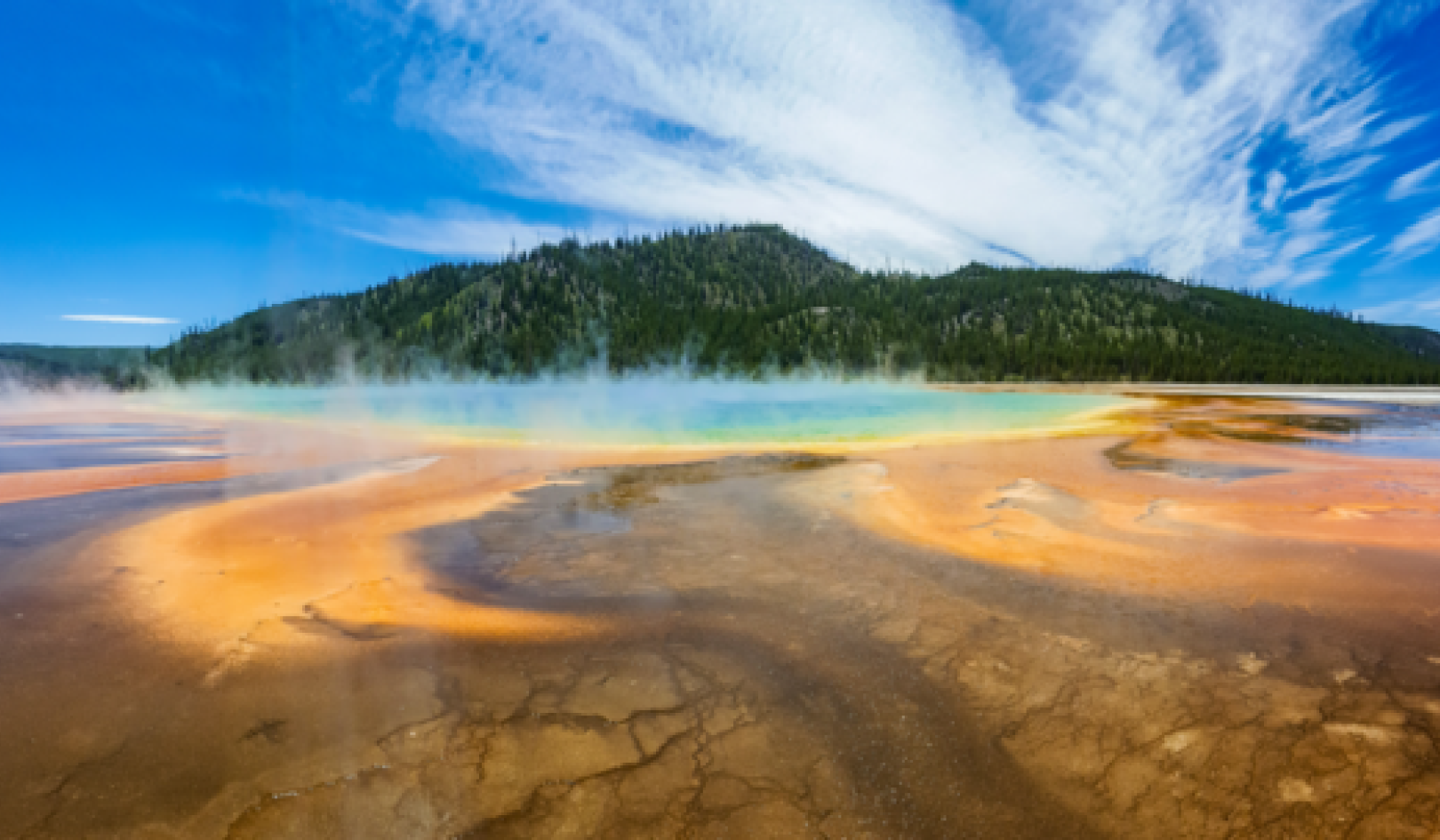
Conversations about how we're going to get through the coming transformation force us to see the full scale of the problem.
It was clear last year at election time that Seattle needed a new sea wall to replace the crumbling, worm-eaten infrastructure that has girded the waterfront since the early 20th century. "Do you want downtown Seattle to slide into motherf-cking Puget Sound during the next earthquake thanks to a towering wave of voter apathy?" wrote the editorial board of The Stranger. (The city's alt-weekly is not known for demure language.) More than three-fourths of city voters said yes to a small increase in property taxes to fund the construction.
"When I started you couldn't talk about it because it was considered giving up."
But the whole thing raises tough questions: Any new road, bridge, or housing project, not just here but in every community, will endure or fail based on a set of future, more extreme climate conditions.
Today, President Obama issued an executive order that establishes a task force on "climate preparedness and resilience." It directs federal agencies to begin dealing with the quandaries of planning for a world of bigger storms and rising seas. The order acknowledges that the impacts of climate change "are already affecting communities, natural resources, ecosystems, economies, and public health."
These problems will only worsen. At this point, there's no stopping climate change, not altogether. Even if the entire world today abandoned its cars for bicycles and replaced every coal plant with a field of solar panels, the planet would continue getting warmer because of the carbon dioxide we've already sent into the atmosphere. The world will still need to drastically rein in carbon emissions if it is going to avoid making the crisis far worse. But we will also need to learn how to live on a warmer planet.
The executive order represents a rapid shift in the approach to climate change, as events like Hurricane Sandy have made it obvious that we're living in an era of weird weather. Until recent years, environmentalists and policymakers were eerily silent about adapting to climate change. "When I started you couldn't talk about it," says Lara Hansen, a scientist and expert on climate-change adaptation who serves on the Nobel Prize-winning Intergovernmental Panel on Climate Change, "because it was considered giving up"—abandoning the idea that we could slow global warming.
But Hansen noticed something: When she did talk about adaptation with people like city planners and land managers, it transformed the whole conversation about climate change. "When people feel the effects of climate change where they live, they don't need to see An Inconvenient Truth. They want to know what to do about it."
It's not a secret that low-lying parts of Florida, including Miami, could be underwater in a few decades.
Five years ago, she co-founded the organization EcoAdapt with a group of researchers and practitioners who were doing some of the earliest work in the country on climate-change adaptation.
Since then, leaders in the environmental movement have come around. Al Gore, in his own words, "used to argue many years ago that resources and effort put into adaptation would divert attention from the all-out push that is necessary to mitigate global warming and quickly build the political will to sharply reduce emissions of global warming pollution. I was wrong."
In June, the Associated Press said governments around the world are now dealing with the repercussions of a warmer climate. Last month, the Society for Environmental Journalists' quarterly publication suggested that the story of climate adaptation had hit a "tipping point." It may be the next big beat for journalists, the group said.
That's because a lot of communities are already scrambling to cope with summers that are more often scorching, unprecedented flooding, drought, and myriad other symptoms of climate change, whether they call them that or not. "I can probably have a much more comfortable conversation about the dangers of drought with stakeholders in the central U.S. than I can about the impacts of climate change, of which drought might be one," says Michael Hayes, director of the National Drought Mitigation Center, based in Lincoln, Neb. The 2012 drought—which looks extreme now but may be ordinary in the future, scientists say—cost the United States $14 billion, according to the group Taxpayers for Common Sense.
Other communities are proceeding with practical conversations about climate change, even when it's politically contentious. It's not a secret that low-lying parts of Florida, including Miami, could be underwater in a few decades, especially if nothing is done to protect them. But the state's current governor, Rick Scott, denies the science on climate change and has signed a law that dismantles the Florida Energy and Climate Commission.
Yet several Florida communities and agencies have climate adaptation plans—some launched during the administration of the state's previous governor, who took climate change more seriously. Four counties in southeast Florida, including Miami-Dade, are planning new flood maps and searching for road-building materials that better withstand heat spells through a collaboration called the Southeast Florida Regional Climate Compact.
This is only the beginning of discussions all of us will need to have about climate change. It will affect every decision—from whether a person chooses to buy a house next to the Seattle shoreline or in a city with very little water (like Las Vegas) to insurance rates, ski seasons, and the size of one's grocery bills during a drought year.
What can ordinary people do (besides succumbing to a towering wave of apathy or despair)?
The California organization Bay Localize has developed one of the most effective tools for any ordinary citizen (or school, church, or other institution) wanting to start a local conversation about climate change: The Community Resilience Toolkit. It's focused on the Bay Area, but the issues it covers are relevant anywhere. They ask questions that force you to reckon with the place you live, such as where you get water, energy, and food. But they also work on dealing with poverty and other problems that make people more vulnerable during a crisis. Another resource, Transition U.S. is primarily focused on concerns about peak oil—but their strategies also touch on the "shocks" of climate change.
These small and local steps will never replace badly needed international carbon-emissions-fighting policies. But conversations on adapting aren't about giving up—they're about moving forward, confronting what's real, and waking people up to the enormous transitions we'll need to make in our lives and in the places we live.
About The Author
 Madeline Ostrander wrote this article for YES! Magazine, a national, nonprofit media organization that fuses powerful ideas with practical actions. Madeline is a freelance writer and editor who focuses on issues of climate change and climate adaptation.
Madeline Ostrander wrote this article for YES! Magazine, a national, nonprofit media organization that fuses powerful ideas with practical actions. Madeline is a freelance writer and editor who focuses on issues of climate change and climate adaptation.
This article originally appeared on YES! Magazine
























